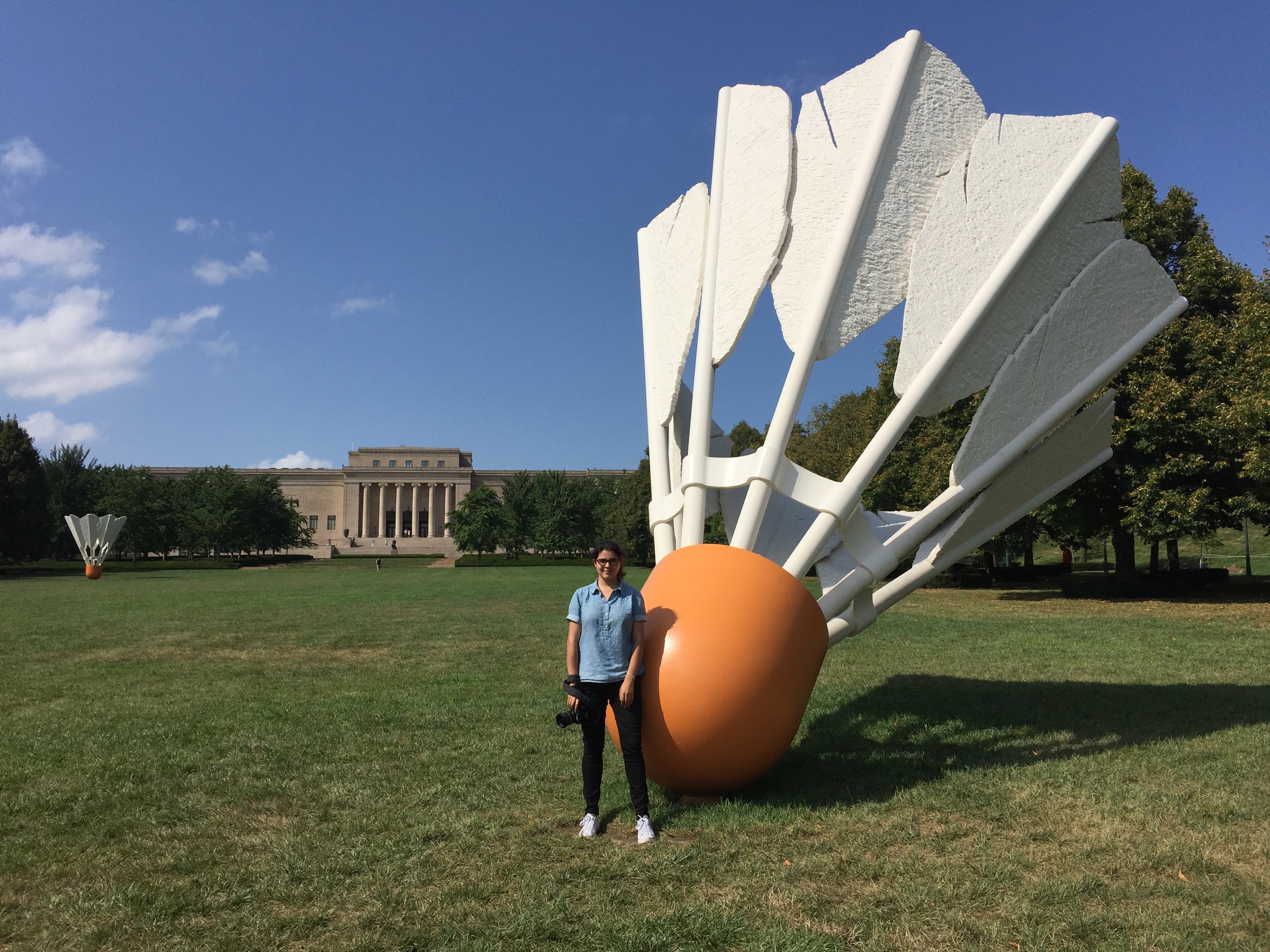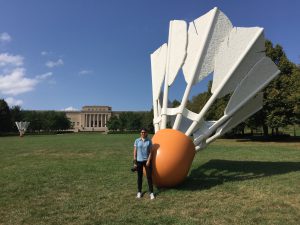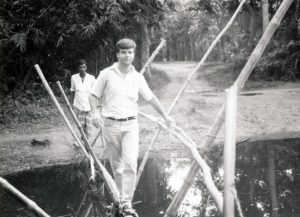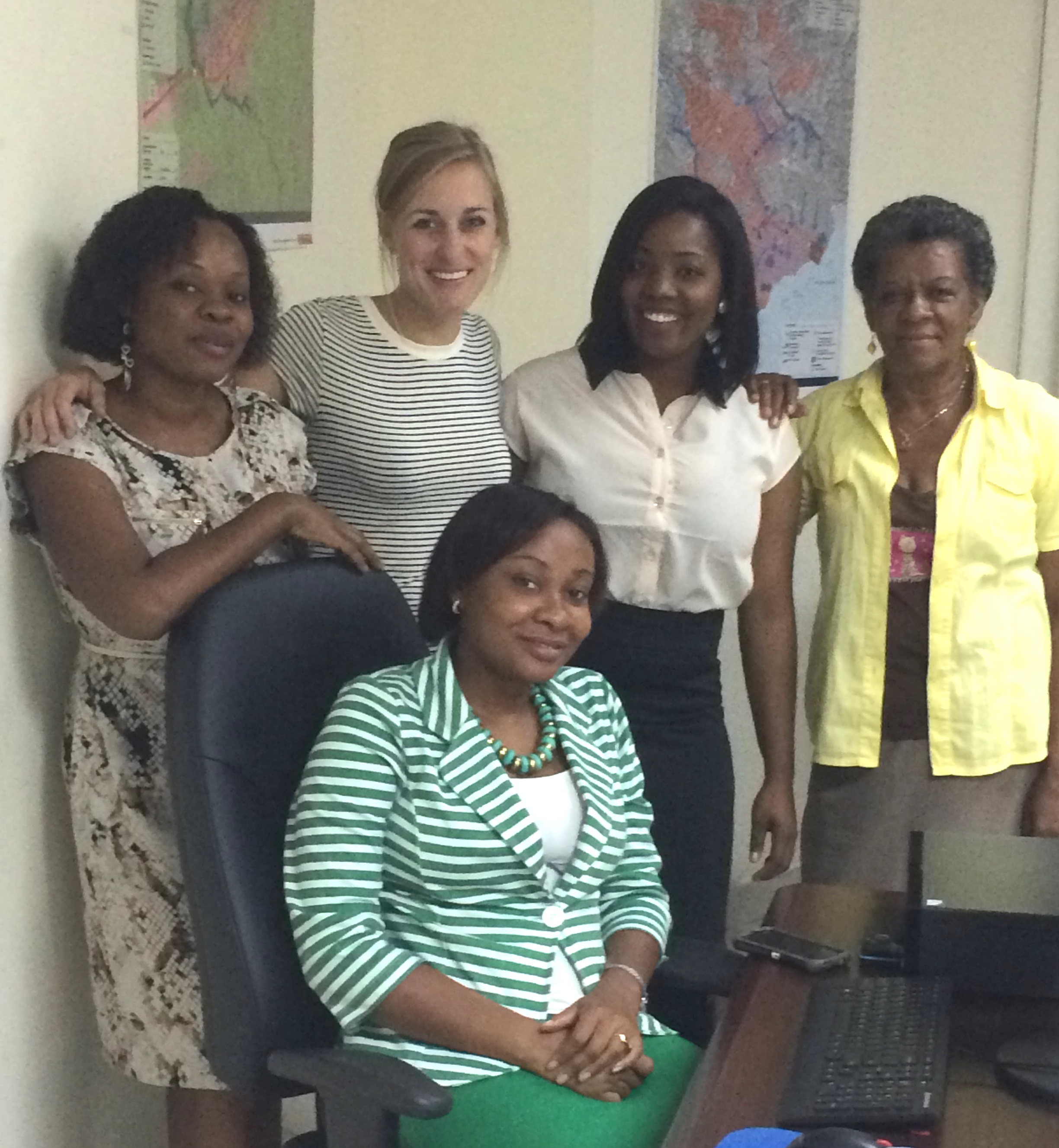
Takeshi Miyata wanders through Auschwitz during his 85 journey around the world on Peace Boat’s 80th Voyage.
“Everything is connected,” exclaimed Takeshi Miyata as he walked along the railway at the Auschwitz death camps, almost 70 years after Jews were carted off to slaughter in the same location. “Jewish scientists escaped the Nazis, helped America build an atomic bomb, and it was dropped on me.”
Anyone who entered Hiroshima and Nagasaki within two weeks of the release of the only two atom bombs detonated over people were designated as Hibakusha: “Exposed to the atomic bomb/radiation.” Miyata, and eight other members of the Peace Boat Hibakusha Project, had traveled halfway around the world from Japan. They shared their cautionary tales of nuclear power in each port of call along the way. Some spoke publicly for the first time in their lives. I was their web reporter.
Peace Boat, part cruise ship, part political lobby, was on its 80th voyage in 30 years. The Hibakusha Project was participating in a Peace Boat voyage for the sixth time. Our journey in 2013 started in Da Nang, Vietnam, where we spent the day with victims of Agent Orange who have experienced generational effects of the chemicals wartime use. We confronted Japan’s own violent past in Singapore at the National History Museum. We shared testimony with a Hungarian-Polish Auschwitz survivor at the center for Dialogue in Poland, and befriended El Salvadorian revolutionaries in Central America.









